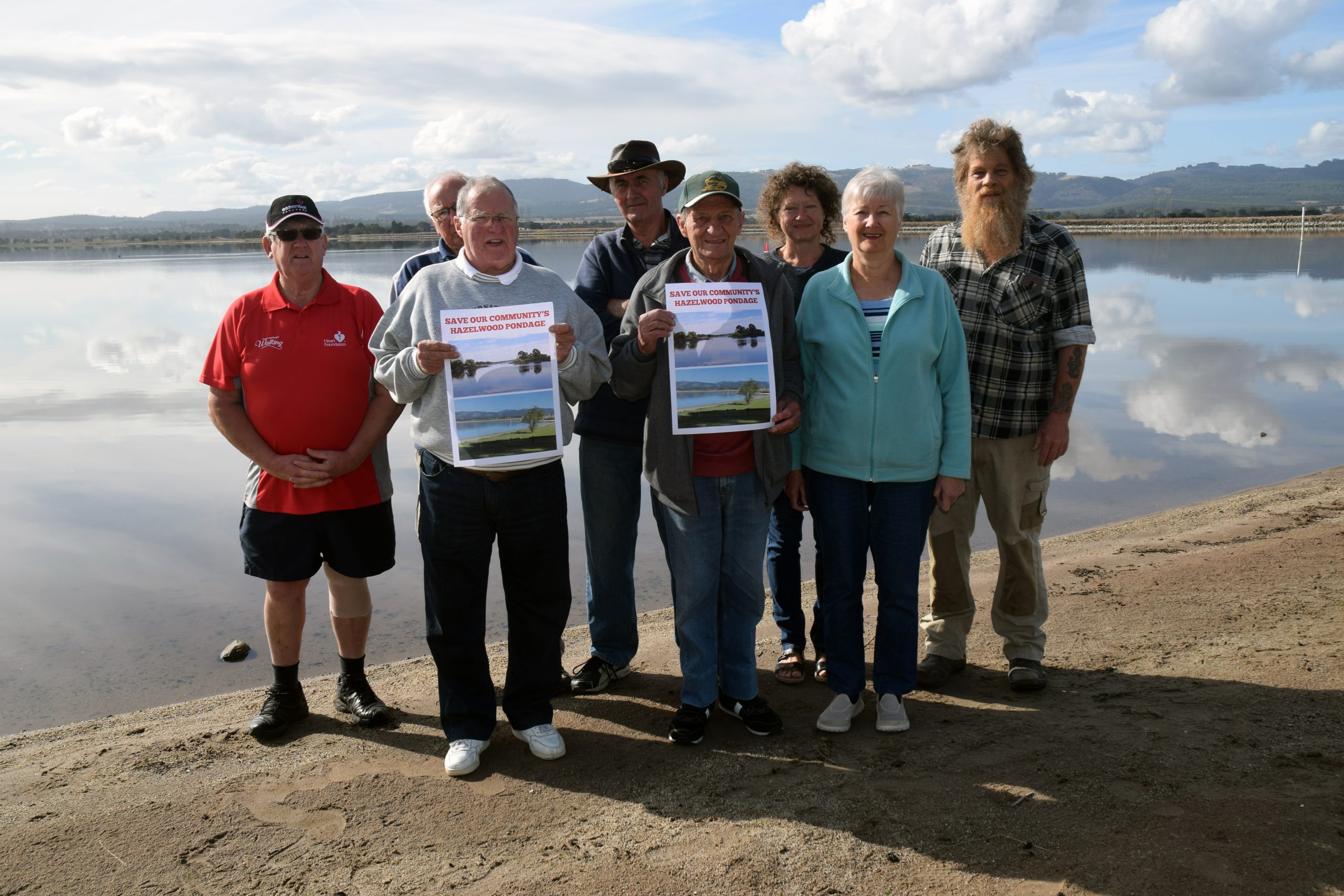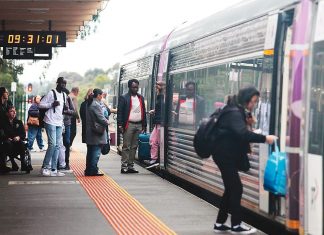AMBULANCE Victoria has denied union claims a paramedic shortage may have contributed to the recent death of a Latrobe Valley patient.
An elderly man died of respiratory complications on the weekend before last, at a time when the Valley had no Mobile Intensive Care Ambulance paramedics available to attend him.
The tragedy led Ambulance Employees Australia to warn under-resourcing of regional ambulance services could lead to more deaths.
AEA Victoria general secretary Steve McGhie told The Express on the night of Friday, 26 October, when there should have been a MICA unit and Single Response Unit (also MICA) covering the Latrobe Valley, there was none.
AV Gippsland regional manager Mick Stephenson confirmed AV was unable to send a MICA paramedic to the patient who subsequently died at Latrobe Regional Hospital “as those rostered on had been sick and unable to fulfil their shift” but insisted “we do not believe this would have changed the outcome”.
That claim was challenged by Mr McGhie who said he believed AV had, in at least one case, several days notice a MICA shift could not be filled on the night and should have “left no stone unturned” to fill it.
Mr Stephenson said “every effort” was made to fill the MICA shift “right into the night”.
“The paramedics who attended this gentleman were advanced life support qualified and another advanced life support crew went to assist them… both responded quickly and provided an exceptional level of care,” he said.
Mr McGhie said local ambulance employees had “expressed concern” to him that “if MICA had been available to attend this patient, they have additional equipment and drugs, over and above what other paramedics have… and the information I have from my members is they believe with MICA intervention there could have potentially been a better outcome, meaning the patient could have lived.”
Mr Stephenson conceded only that “the one thing that would have happened is that there would have been timely additional hands to provide support for the advanced life support crew” but maintained “it would not have improved the patient’s survival”.
“There is someone’s family involved here and we need not to be misleading them to think something might have happened if an intensive care paramedic had been there,” Mr Stephenson said.
Mr McGhie said the incident had shed light on a local scenario where crewing arrangements and numbers on the night in debate were “well under minimum” requirements.
He said there were three crews covering all of the Valley and, at the time of the emergency call out, one crew was preparing to transport a non-urgent LRH patient to Melbourne – a trip he said would have left this region “exposed” and could have waited until morning.
“Why were they even considering, at 1.39am, to taking a patient to Melbourne when it would have reduced crews to two for the whole area that night?” he asked.
Mr McGhie said he did not believe there was a “big enough pool of (AV) employees to cater for people’s annual leave and sick leave entitlements”.
“There are not enough employees to draw from to fill those vacancies,” he said, adding there were 3000 occasions last year when ambulances “were left unstaffed, both in metropolitan and rural Victoria”.
This was because “of a lack of staff or AV not trying hard enough to fill the vacancies,” he said.
Mr Stephenson said the placement of MICA paramedics in regional Victoria was “strategic and based on sophisticated modelling” which led to AV having the “best rates of survival from sudden death collapses in Australia”.
While he also said Gippsland had “significant additional staff on” for the weekend in question, those resources were concentrated in the South Coast area “because of the significant influx of people onto Philip Island.”
In response Mr McGhie said “I would question why they have removed someone from the SRU in the Latrobe Valley to (cover) the MotoGP (at Phillip Island)” and left this area “without MICA-dedicated resources”.










